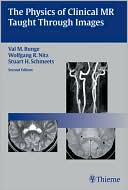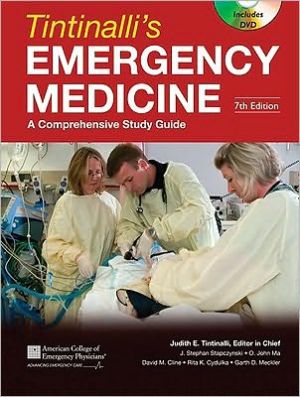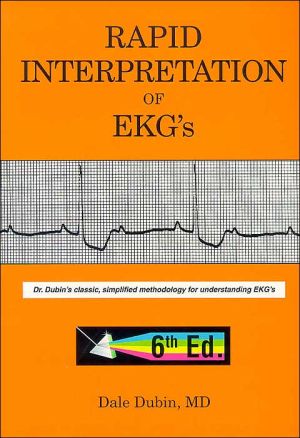The Physics of Clinical MR Taught Through Images
Search in google:
The objective of this textbook is to teach, through images, a practical approach to magnetic resonance (MR) physics and image quality. Unlike prior texts covering this topic, the focus is on clinical images rather than equations. A practical approach to MR physics is developed through images, emphasizing knowledge of fundamentals which is important in achieving high image quality. The text is organized into concise chapters, each discussing an important point relevant to clinical MR and illustrated with images from routine patient exams. The topics covered encompass the breadth of this field, from imaging basics and pulse sequences to advanced topics including contrast-enhanced MR angiography, spectroscopy, perfusion and diffusion. Discussion of the latest hardware and software innovations, such as multichannel-phased array coil technology and parallel imaging, is included as these topics are critical to current and future advances. Doody Review Services Reviewer:Geoffrey David Clarke, Ph.D.(University of Texas Health Sciences Center at San Antonio)Description:The authors provide an update and introduce new topics in this second edition of a handbook on magnetic resonance imaging that won praise for being one of the first to compare clinical images acquired at 3T with 1.5 T images. As before, the authors present each topic as an independent chapter (110 in all) with most chapters consisting of only two pages. Given the format, a great amount of material must be covered in a relatively small space. At the end the authors include a brief list of acronyms and an index, but no bibliography.Purpose:The underlying premise is that many physical concepts of MRI can be successfully communicated through images. This is one of a number of books on MRI physics that attempt to explain the concepts without using mathematical equations, but the others typically cover just the basics. This book includes the complex mechanisms underlying the processes that produce the images, modulate the contrast relationships among tissues, and create disturbing artifacts. Readers should not assume that sets of relevant images can convey sufficient primary information to develop an understanding of MRI physics. However, there is no question that some of the clever image sets presented in this work reveal important insights underlying the MRI process.Audience:This is not a book for beginners. Along with the images, the authors display pulse sequence diagrams and use MRI jargon from almost the first chapter. Those most likely to find this book useful are people who have had some formal basic instruction in MRI physics and a year or two of experience reading MR images and/or using MRI systems so that they have some familiarity with the vocabulary. With this background, readers will benefit from the authors' clear, concise descriptions of each topic, which complement the images.Features:The scope of the contents is impressive. The authors cover basic NMR physics, MRI technology, basic and advanced pulse sequences, physiological MR imaging, MRI artifacts, and image processing methods. Not all topics lend themselves well to this pedagogical approach. Nevertheless, this book is full of useful demonstrations of how inherent properties of tissues being imaged, instrumental variations, and timing of the pulse sequences can substantially change MR images. The biggest disappointment is the lack of a bibliography.Assessment:This is more concise and much easier to understand than many books that offer so many comparison images such as Magnetic Resonance Imaging: Theory and Practice, 3rd edition, Vlaardingerbroek and den Boer (Springer, 2002). Its primary utility is as a handbook and, as such, continues to be a useful reference for those in the field of MRI. Because the book jumps from topic to topic, the index, while adequate, needs to be more comprehensive. The updates will certainly benefit most readers.








